The UNESCO World Heritage Sites of Africa: Preservation Efforts and Continental Pride
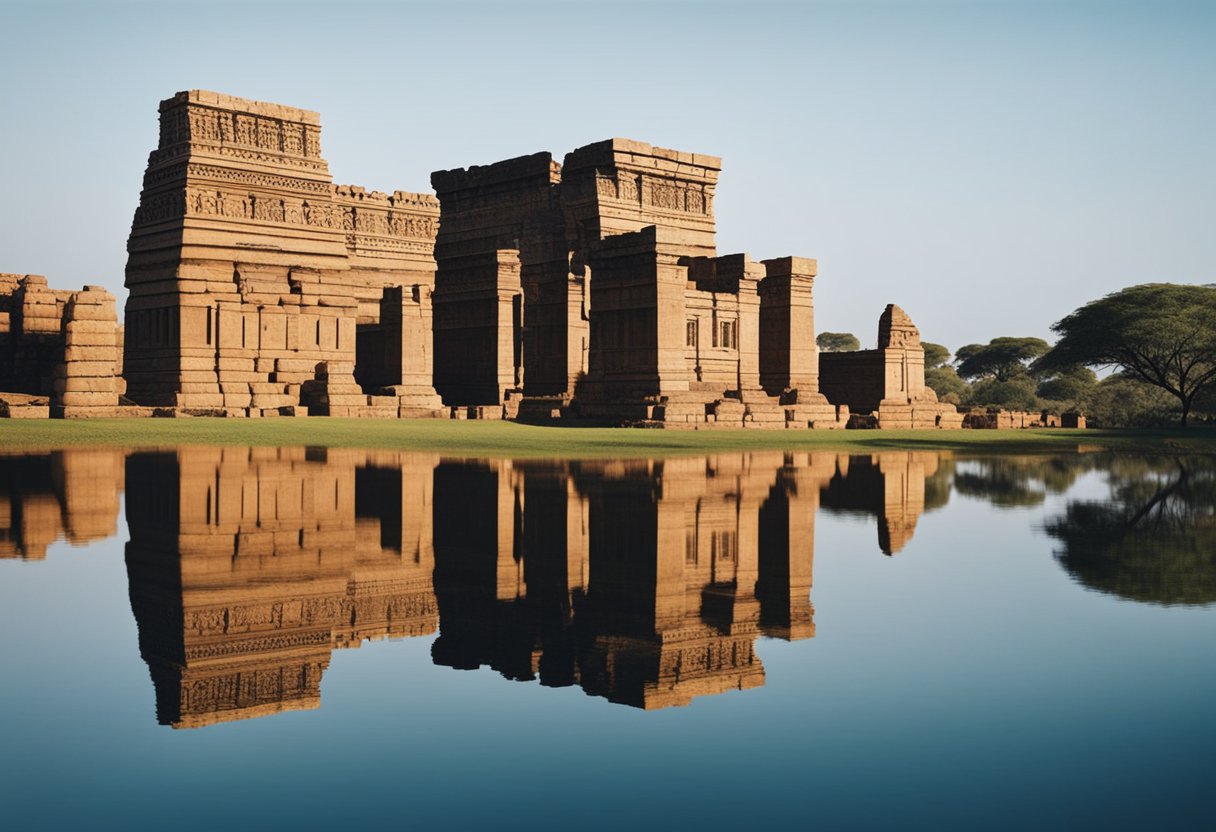
Updated On: March 26, 2024 by Maha Yassin
Africa’s natural and cultural landscape is graced with an array of UNESCO World Heritage Sites that capture the essence of the continent’s rich and diverse heritage. These sites represent not only the environmental and historical significance of Africa but also the collective memory and identity of its people. The commitment to preserving these landmarks is paramount to maintaining the integrity and beauty of these places for future generations. Preserving World Heritage Sites of Africa is a testament to the global importance of protecting universal-value areas.
UNESCO’s role in recognising and championing these sites has brought international attention and support, leading to collaborative efforts to sustain and promote them. It underscores the need for continuous action to address environmental threats, unsustainable tourism, and socio-economic pressures that could compromise the sites’ longevity. Our dedication to these sites echoes our respect for the past and our responsibility towards the future, ensuring they remain sources of pride and inspiration for all.
Understanding UNESCO World Heritage Sites of Africa
The United Nations Educational, Scientific and Cultural Organisation maintains the World Heritage List, which promotes preserving and recognising our world’s most invaluable natural and cultural treasures. This list identifies sites of outstanding universal value to humanity.
World Heritage Convention
The World Heritage Convention is an international treaty established in 1972, dedicated to the preservation of the world’s cultural and natural heritage. The convention has unified nations in a collective effort to safeguard locations deemed to have exceptional global importance. This commitment ensures that the wonders of cultural and natural heritage are maintained for future generations. The convention is also a framework for international cooperation and provides necessary support to listed sites.
Criteria for Selection
Listing on the World Heritage List requires a site to meet at least one of the ten selection criteria, from representing a masterpiece of human creative genius to containing natural phenomena or areas of exceptional natural beauty. A site’s inclusion is measured by its outstanding universal value. This concept encapsulates its cultural and/or natural significance, which is so exceptional as to transcend national boundaries and be important for present and future generations of all humanity. Here’s how the criteria are generally grouped:
- Cultural criteria include sites representing a masterpiece, bearing exceptional testimony to a cultural tradition, or outstanding examples of a type of building or landscape.
- Natural criteria: encompass natural phenomena, significant natural habitats for in-situ conservation of biological diversity, or natural areas of outstanding beauty.
This rigorous selection process ensures that the diversity of the world’s cultural and natural properties of outstanding universal value are recognised, preserved, and celebrated.
The Importance of Preservation and Conservation
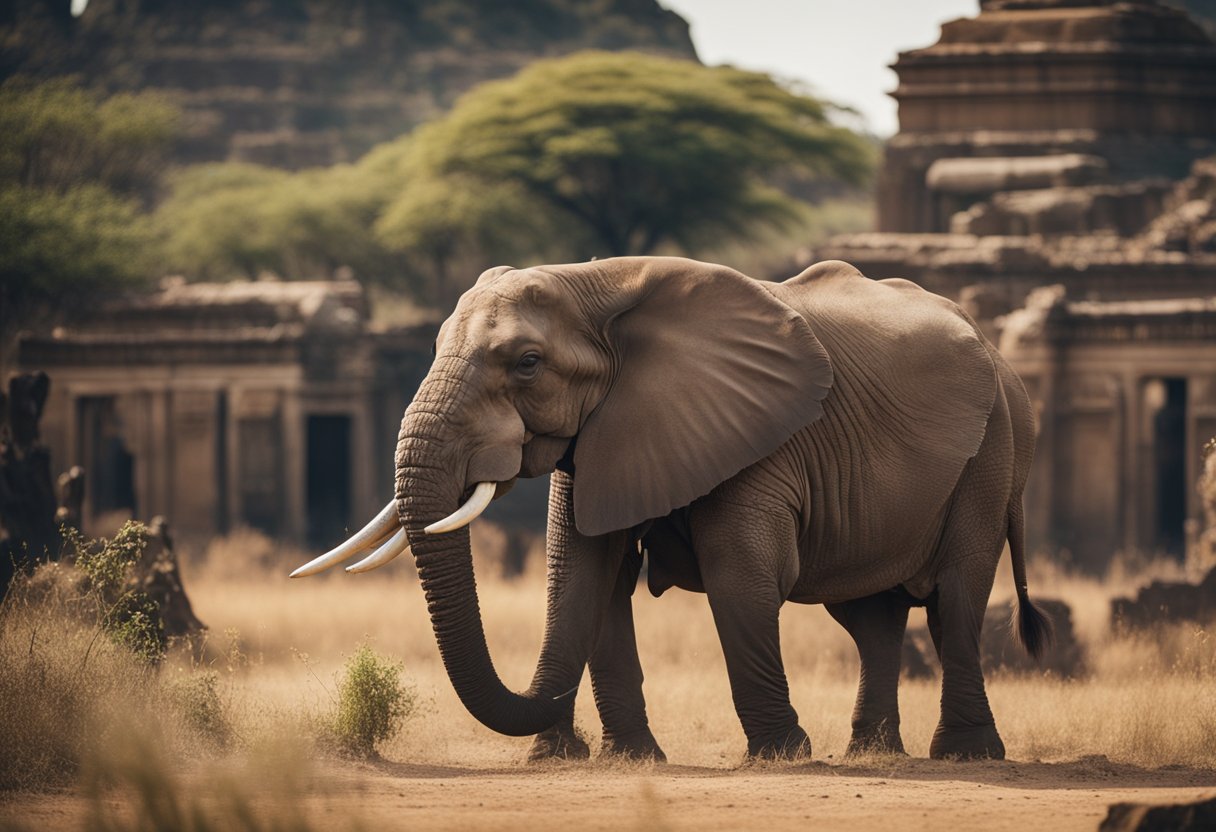
Preservation and conservation of World Heritage Sites in Africa are essential for maintaining the continent’s rich tapestry of culture and biodiversity. We recognise this as a duty to our past and a commitment to our future.
Protection of Cultural and Natural Heritage
Cultural and natural heritages are tangible tokens of history and ecology that require our protection to survive the test of time. Natural heritage sites are conserved for their irreplaceable geographical and biological richness, ensuring we maintain biodiversity and natural landscapes for generations.
Africa’s cultural heritage, chronicled through monuments, structures, and traditions, bridges the gap between the past, present, and future. These sites must be safeguarded; they provide valuable insight into the innovative and adaptive human spirit over the millennia.
Role of Local Communities and Partners
Our engagement with local communities is vital in the stewardship of heritage sites. These communities are the custodians of tradition, and their intimate knowledge and cultural practices are indispensable to the management and conservation of these locales.
Likewise, collaborations between various stakeholders play a significant role in preservation efforts. Global partnerships facilitate sustainable development initiatives that align with the conservation goals, ensuring that sites are preserved and the communities involved thrive alongside them.
By intertwining heritage preservation with sustainable practices, we enhance the resilience of these sites against modern threats and foster an environment where conservation supports people’s social and economic well-being.
Africa’s Diverse Heritage
As we explore Africa’s diverse heritage, we focus on tangible and intangible elements that make the continent’s cultural and natural sites immensely valuable. Sub-Saharan Africa, in particular, showcases a remarkable array of World Heritage Sites that reflect its rich historical tapestry and ecological diversity.
Cultural Icons
Africa’s cultural heritage is tangible in its historical monuments and locations and intangible in its traditions and living expressions. Sub-Saharan Africa is home to a variety of cultural icons such as the ancient city of Mbanza Kongo, which was the political and spiritual capital of the Kingdom of Kongo. Another significant cultural site is the Royal Palaces of Abomey in Benin, illustrating the history and craftsmanship of the former Dahomey Kingdom.
Natural Wonders
The continent’s natural wonders are equally impressive and significant for conservation. For instance, the Okavango Delta in Botswana is an exceptional example of ecological processes, with its annual flooding transforming the landscape and supporting a vibrant ecosystem. Moreover, the W-Arly-Pendjari Complex spans across Benin, Burkina Faso, and Niger, showcasing a mix of savannas, woodlands, and rivers that are a haven for West African wildlife.
Tangible and intangible, cultural and natural, the World Heritage Sites of Africa are testaments to the continent’s ability to preserve and pride in its heritage. With its unique blend of heritage, Sub-Saharan Africa reminds us of our responsibility to safeguard these treasures for future generations.
Challenges in Heritage Management
Preserving UNESCO World Heritage Sites across Africa involves facing various complex challenges. Our focus is steadfast on ensuring these sites continue to stand as a testament to human history and natural beauty.
Conflict and Threatened Sites
Armed conflict remains a significant threat to the preservation of heritage sites. In these volatile regions, the safety and conservation of sites are jeopardised. Heritage managers often grapple with the List of World Heritage in Danger, which includes several African locales. The destruction caused by military action and the ensuing instability make safeguarding and restoration efforts formidable.
Impact of Climate Change
Climate change’s influence on World Heritage Sites cannot be understated. Rising temperatures, shifting weather patterns, and increased natural disasters like droughts and floods pose severe risks. Our management practices need to evolve in response to these environmental threats to ensure our cherished sites’ resilience and continued protection.
Collaboration and Support Mechanisms
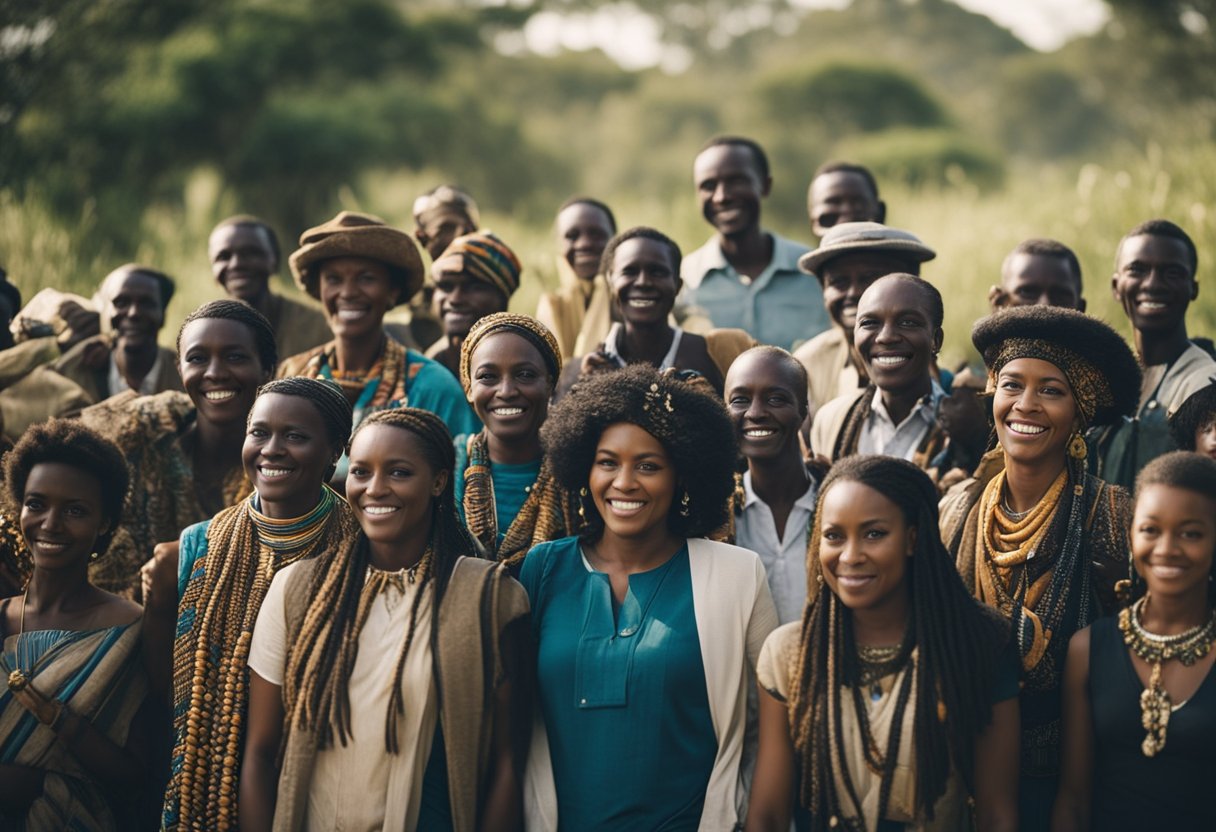
In Africa, the preservation of UNESCO World Heritage Sites is bolstered by international aid and dedicated programmes. We see these collaborative efforts fostering conservation, intercultural dialogue, and knowledge sharing.
International Aid and Programmes
Partnerships are vital, with various international players contributing to protecting and managing heritage sites. This is evident through mentorship programmes and support from UNESCO Chairs, which foster academic cooperation and research. These initiatives are instrumental in shaping policy, enhancing site management, and developing sustainable practices. The emphasis on education and exchange programmes helps enhance the capacities of heritage professionals, ensuring they are well-equipped to tackle conservation challenges.
African World Heritage Fund
Established as a strategy to address the continent’s unique challenges in heritage site preservation, the African World Heritage Fund (AWHF) plays a pivotal role. It functions not only as a financial resource but also as an enabler for regional cooperation. By offering grants and facilitating training workshops, the AWHF ensures that African world heritage sites are maintained and celebrated. The Fund’s work also encompasses a mentorship programme that pairs emerging African heritage professionals with experienced mentors, a vital step for fostering a future generation of conservationists.
Promotion of Heritage Sites
In Africa’s World Heritage Sites, promotion plays a crucial role in driving conservation efforts and cultural engagement.
Tourism and Economic Benefits
Tourism is the lifeblood that sustains heritage sites across Africa, infusing the local economies with vital income. When we market these sites effectively, they become magnets for international and domestic visitors, translating to a direct economic boost for the communities. For instance, the rehabilitation of specific heritage sites has restored their splendour and attracted financial support, fuelling further development and job creation. The ripple effect extends beyond the immediate vicinity, encouraging the growth of ancillary businesses, such as hospitality and retail, as well.
Educational Value and Awareness
Raising awareness about these sites’ profound historical and cultural significance is fundamental. Educational programmes and initiatives, particularly those aimed at young people, inspire a new generation of custodians for these treasures. Through collaborative efforts with UNESCO and local authorities, the educational value is amplified, assisting in preserving these sites for future generations. Engaging storytelling and immersive educational experiences bring these sites to life, fostering a deeper connection and understanding of the shared heritage that defines us.
Involving Future Generations
We must actively engage young African professionals, women, and future generations to secure the legacy of Africa’s World Heritage Sites. Our efforts focus on providing tailored training and incorporating educational programmes through partnerships with universities.
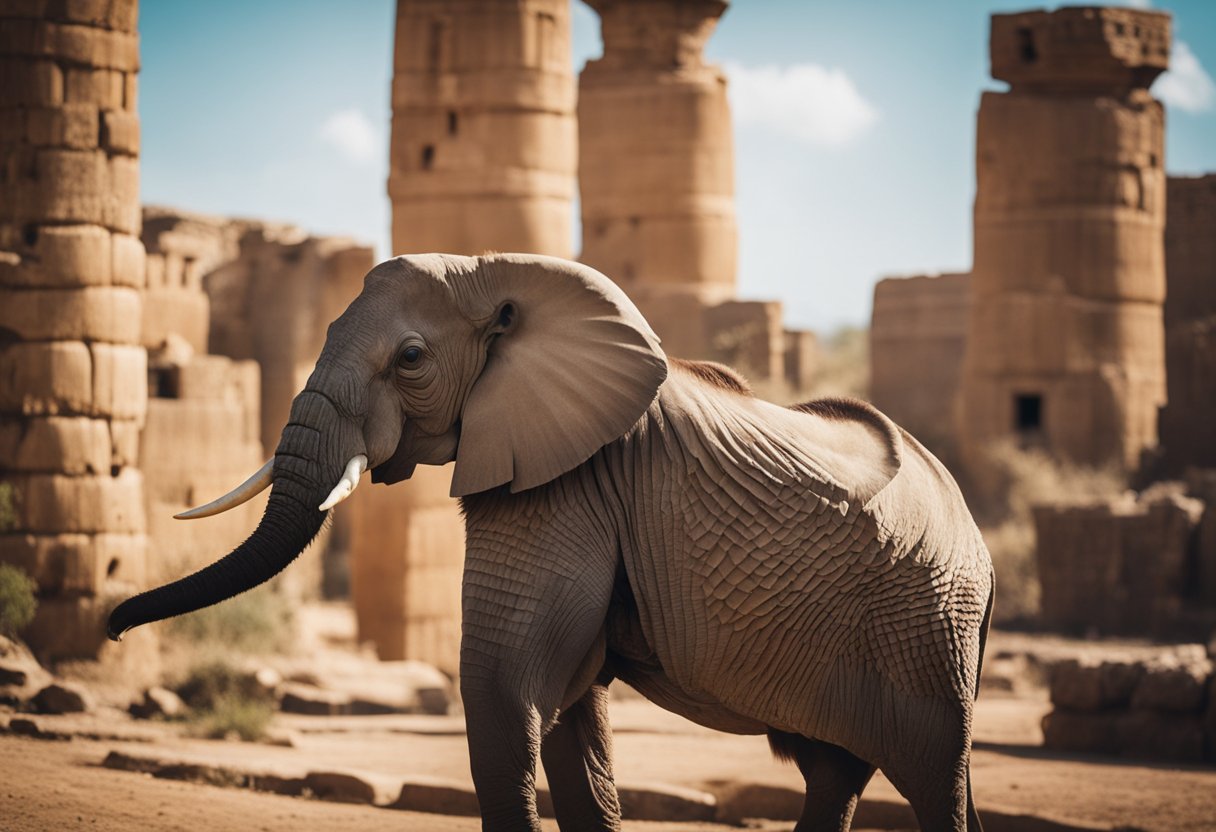
Engagement of Young Professionals
We recognise the importance of involving young African professionals in heritage conservation. By facilitating their access to specialised training programmes and offering practical experiences at heritage sites, these dedicated individuals gain the skills necessary to protect and promote our rich African legacy. Scholarships and internships, specifically aimed at women in heritage-related fields, are pivotal to ensuring gender equality in the stewardship of our cultural and natural treasures.
Educational Programmes
Our collaboration with universities plays a crucial role in shaping educational programmes. These programmes are structured to inspire and empower students to understand the significance and value of heritage preservation. Curricula are designed to combine theoretical knowledge with fieldwork, allowing future generations to gain hands-on experience. By igniting a passion for heritage among the youth, we ensure that the pride and care for Africa’s monumental legacy will endure through the ages.
Africa’s Role in the Global Heritage Landscape
As guardians of a rich and diverse cultural heritage, African countries play a pivotal role in the global heritage landscape, exemplified by dynamic leadership and a commitment to dialogue and cooperation.
Leadership and Governance
African States Parties have shown increasing leadership in heritage governance. They have taken substantial steps to implement the guidelines of the World Heritage Convention, prioritising heritage preservation and natural conservation. For instance, the invaluable insights shared by African site managers have been instrumental in evolving heritage management on the continent and beyond. Such initiatives reinforce the continent’s contribution to global heritage stewardship and reflect a growing self-reliance among the nations of Africa.
Fostering Dialogue and Cooperation
Fostering dialogue and cooperation is a cornerstone of Africa’s interaction with the world heritage community. African countries exemplify international cooperation through transboundary UNESCO World Heritage sites, celebrating shared heritage and reinforcing bonds across borders. These initiatives, supported by various African States Parties and the World Heritage Committee, promote intercultural understanding and highlight the need for a unified approach to protect the universal value of our shared cultural and natural heritage.
Case Studies
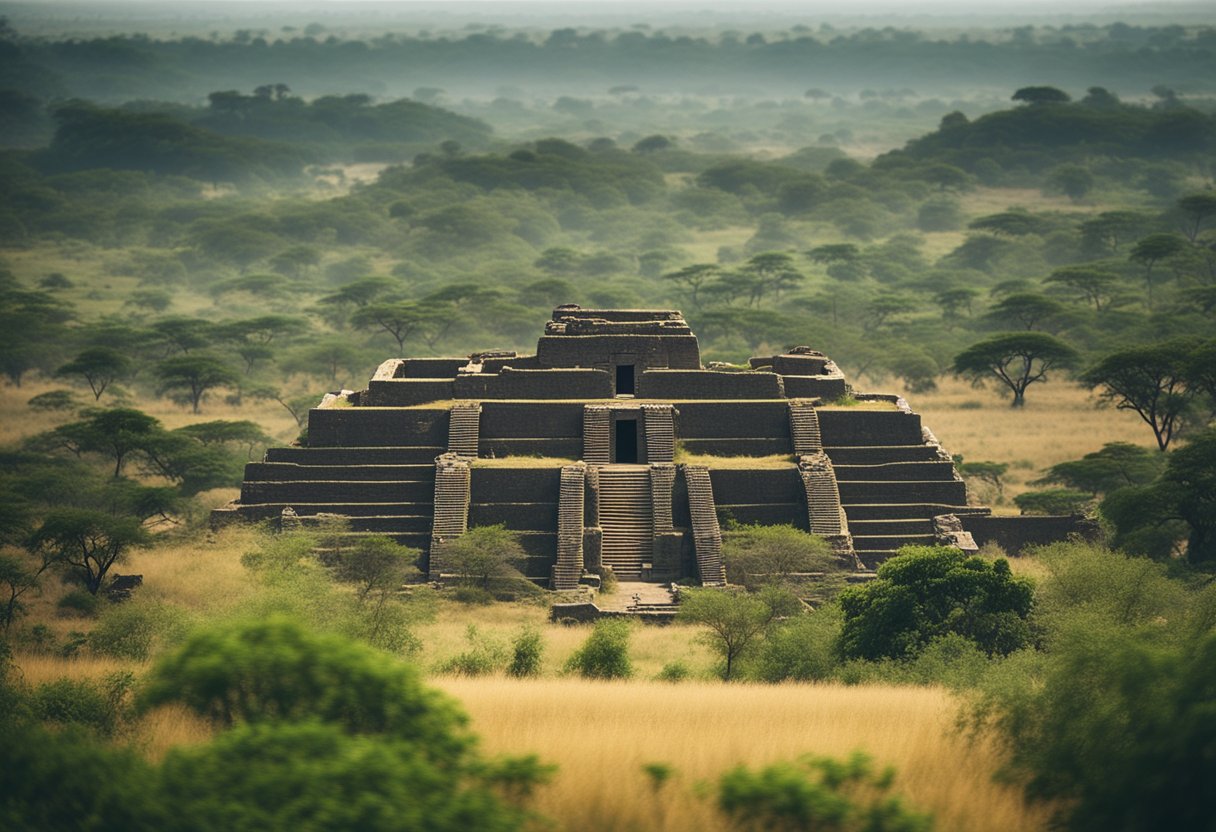
Exploring case studies of UNESCO World Heritage Sites in Africa offers insight into conservation’s successes and ongoing challenges. These examples serve as illustrative lessons and motivation for future preservation efforts.
Preservation Success Stories
- Robben Island: Once a site of imprisonment, the historical significance of Robben Island has been carefully preserved. Invaluable efforts have ensured that memories of struggle and perseverance remain undiminished, turning the island into a symbol of human rights and freedom.
- Tombs of Buganda Kings at Kasubi: Despite a tragic fire in 2010, restoration works have been implemented to honour the site’s spiritual and cultural importance, with international support emphasising its value as a precious heritage of the Buganda kingdom.
Ongoing Conservation Efforts
- Memorial Sites of the Genocide: The poignant memorial sites of the Genocide are Nyamata, Murambi, Gisozi, and Bisesero, which stand as powerful reminders of Rwanda’s history. Conservation is ongoing, ensuring that the memories and lessons from these sites are preserved and continue to educate and resonate globally.
Our involvement in these conservation efforts demonstrates commitment and respect for Africa’s rich and diverse cultural tapestry, a testament to the enduring spirit of its people and the significance of their histories.
Looking Forward
As we look to the future of UNESCO World Heritage Sites in Africa, our vision is to fortify the efforts to protect and promote these precious testaments of our identity. The strategy for world heritage in Africa centres around an empowering African Site Managers Network, a collective aimed at reinforcing the management and conservation skills of those at the forefront of our heritage sites.
We are committed to executing a robust Action Plan tailored to meet the specific needs and challenges of African World Heritage Sites. This plan includes enhancing skills among local site managers, promoting of sustainable tourism, and engaging local communities to ensure their involvement and benefit from their natural and cultural heritage.
- Strategy for World Heritage in Africa: Focused on capacity building and knowledge sharing.
- African Site Managers Network: Enhances on-site management through collaboration.
- Action Plan: Addresses specific challenges through targeted strategies.
- Identity: Affirms the cultural and historical significance of African heritage.
- Heritage Emergency Fund: Provides rapid response to heritage sites in crisis.
Our strategy’s foundation is to preserve these sites and bolster pride and identity at a local and international level. We emphasise funding through the Heritage Emergency Fund, which is essential in protecting these sites from natural disasters and human-induced threats.
We continue striving towards a future where World Heritage Sites in Africa are preserved for their universal value, fostering a sense of pride and understanding. Our collective heritage is a cornerstone of our identity — an inexhaustible well of knowledge, inspiration, and unity.

Frequently Asked Questions
In serving as stewards of African heritage, these frequently asked questions shed light on UNESCO’s pivotal role in protecting World Heritage Sites across the continent.
What strategies does UNESCO implement to protect World Heritage sites in Africa?
UNESCO employs various strategies, including capacity-building workshops for site managers to ensure effective management and conservation of World Heritage sites in Africa.
Which African country is home to the most UNESCO World Heritage sites, and what are they known for?
Ethiopia boasts the highest number of UNESCO World Heritage sites in Africa, known for their historical significance and unique cultural landscapes, such as the rock-hewn churches of Lalibela.
Why is it essential to preserve Africa’s cultural and natural heritage through UNESCO World Heritage listings?
Preserving Africa’s heritage is key to providing communities with a sense of identity and cohesion, and UNESCO’s preservation work shows that culture is a powerful resource for transforming societies.
How has UNESCO’s involvement contributed to preserving heritage sites across Africa?
UNESCO’s initiatives have greatly improved the conservation of World Heritage sites by promoting sustainable tourism and raising international awareness of their universal value.
How does UNESCO address the challenge of underrepresenting African sites on the World Heritage list?
UNESCO actively encourages African countries to submit nominations and assists in the nomination processes, aiming to achieve a more balanced and representative World Heritage List.
What are the implications for African nations when a site obtains UNESCO World Heritage status?
When a site is listed as a UNESCO World Heritage site, it typically experiences increased tourism, leading to economic benefits and enhanced opportunities for preserving cultural and natural resources.






